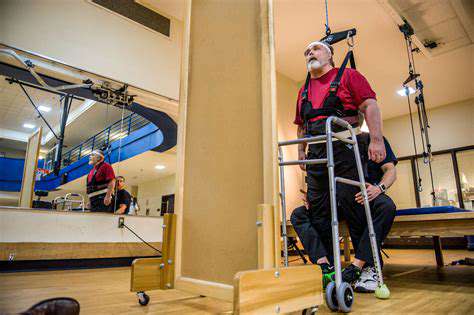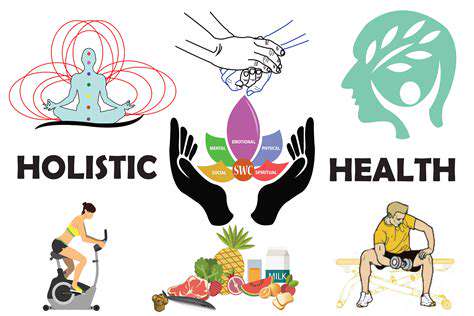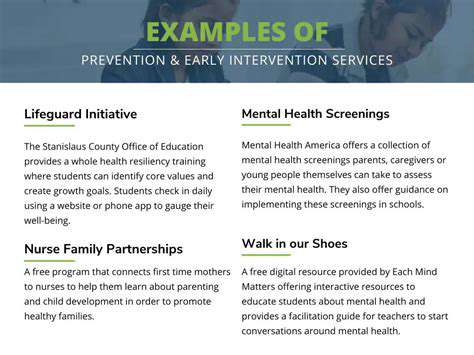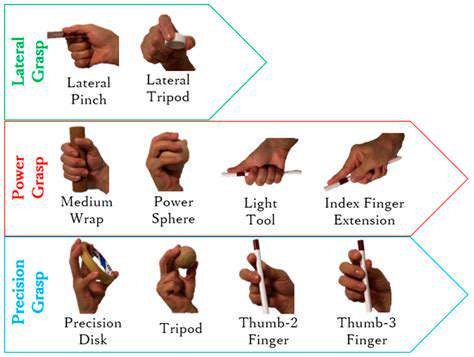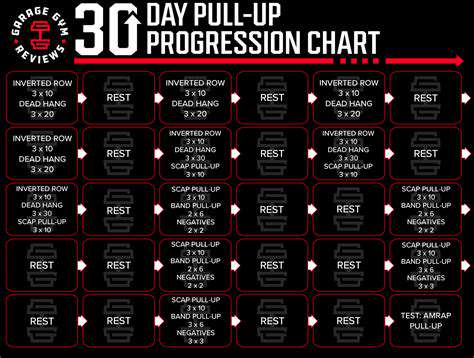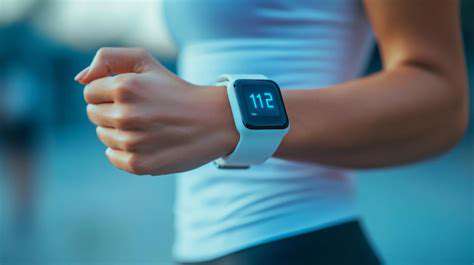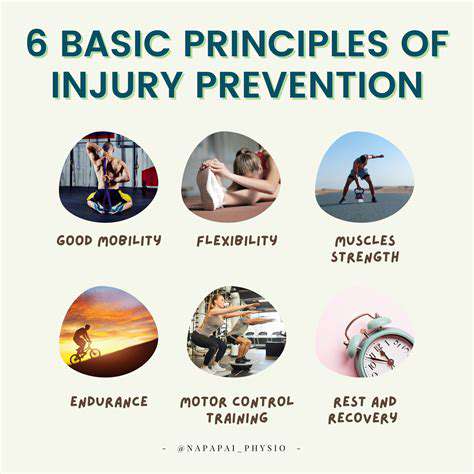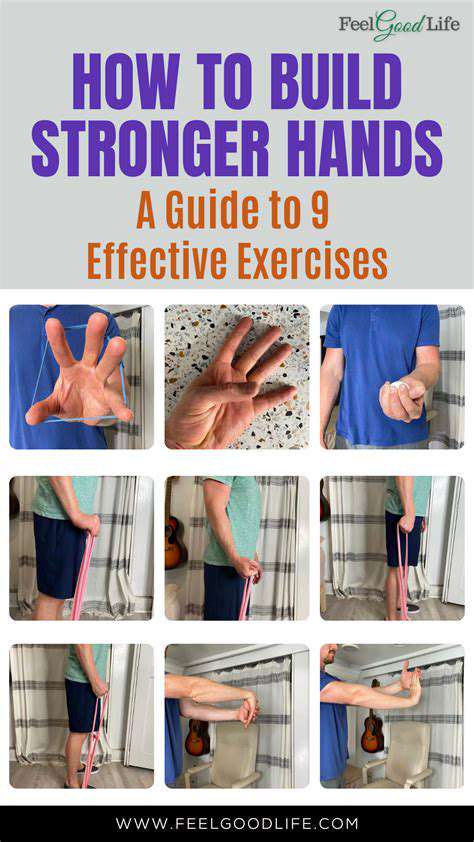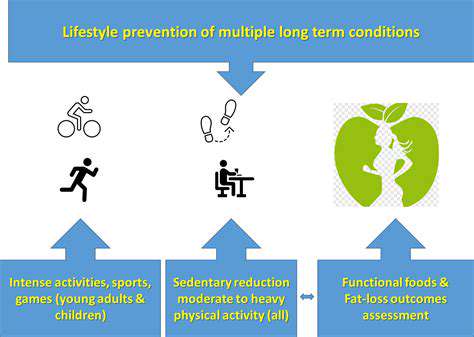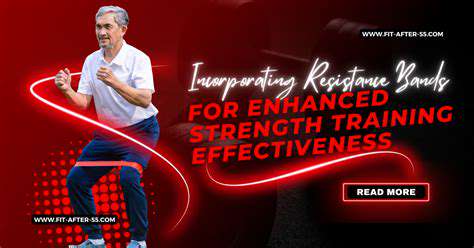How to Safely Perform Hand Stretching Routines
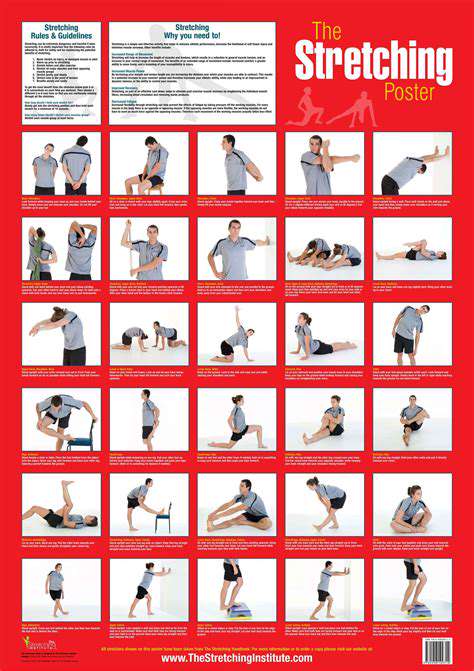
Warm-up Stretches
Before embarking on any stretching routine, a proper warm-up is crucial for preventing injuries. Light cardio, such as a brisk walk or some jumping jacks, will increase blood flow to the muscles, making them more pliable and receptive to stretching. This initial warm-up period should last for approximately 5-10 minutes, allowing your body to gradually adjust to the upcoming stretches.
A good warm-up prepares your body for the more intense stretches to follow, significantly reducing the risk of strains or tears. It also helps to improve your range of motion, making the stretching process more effective and enjoyable.
Wrist Extensor Stretch
This stretch targets the muscles on the back of your forearm, which are crucial for wrist extension. Extend one arm in front of you, keeping your palm facing down. Use your opposite hand to gently pull back on your extended fingers, holding the stretch for 20-30 seconds. Repeat this stretch on the other side to ensure balanced stretching.
Regular stretching of your wrist extensors can help alleviate stiffness and pain in your wrists and forearms. This is particularly important for those who spend long hours using computers or engaging in activities requiring repetitive hand movements.
Wrist Flexor Stretch
To stretch the wrist flexors, which are located on the palm side of your forearm, extend one arm in front of you, palm facing up. Use your opposite hand to gently press down on the top of your extended hand, focusing on the area around your palm. Hold this stretch for 20-30 seconds and repeat on the other side.
Finger Stretch
A crucial aspect of hand stretching involves extending each finger individually. Extend one finger straight out, and use your other hand to gently pull back on the extended fingertip, applying gentle, constant pressure. Hold for 20-30 seconds, and then repeat with each finger individually.
This exercise is highly effective in improving flexibility and range of motion in your fingers, crucial for tasks requiring fine motor skills. It also helps alleviate tightness and discomfort that can often arise from repetitive movements.
Hand Open and Close Stretch
This stretch focuses on the overall mobility of your hand. Start by holding your hands in front of you, palms facing each other. Gently push your palms together, while simultaneously pushing your fingers apart. Hold the stretch for 20-30 seconds, then repeat. This is a simple but effective way to stretch your hand's muscles.
Thumb Stretch
The thumb, often overlooked, requires specific attention during stretching. Extend your thumb straight out, and use your other hand to gently pull the extended thumb toward your palm, applying gentle pressure. Hold the stretch for 20-30 seconds and repeat on the other hand. Proper stretching of your thumb is important to maintain its full range of motion and prevent stiffness. This is especially important for musicians or people who do a lot of work involving precise hand movements.
Cool-down and Recovery: Releasing Tension and Promoting Healing
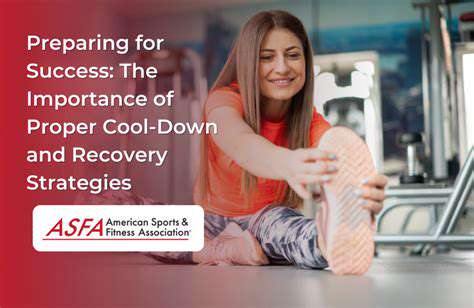
Importance of Cool-down
A proper cool-down is crucial for athletes and anyone engaging in physical activity. It's not just about stopping abruptly; it's a vital transition period that allows your body to gradually return to a resting state. This gradual transition helps prevent muscle soreness and stiffness, and supports the efficient removal of metabolic waste products.
During exercise, your muscles generate heat and metabolic byproducts. A cool-down allows your cardiovascular system to slowly adjust to a lower workload, preventing blood pooling in the extremities, which can lead to dizziness or lightheadedness. Proper cool-down techniques are essential for optimal recovery and injury prevention.
Active Recovery Strategies
Active recovery involves light physical activity like walking, stretching, or swimming after exercise. This gentle movement helps to maintain blood flow to the muscles and aids in the removal of lactic acid, a byproduct of intense exercise that can contribute to muscle soreness. It’s a more effective way to recover compared to simply sitting down and resting.
Incorporating light cardio or low-impact exercises into your cool-down routine can further enhance your recovery process. This type of activity promotes the continuous circulation of blood, facilitating the delivery of oxygen and nutrients to the muscles, and speeding up the recovery of muscle tissue.
Static Stretching Techniques
Static stretching, holding a stretch for a period of time, is an excellent cool-down technique. It helps to lengthen and relax muscles that have been worked during exercise, reducing stiffness and improving flexibility. This prolonged holding of the stretch allows the muscles to gradually lengthen, promoting increased range of motion and reducing the risk of injury.
Focus on major muscle groups worked during your workout. Hold each stretch for 20-30 seconds, ensuring a comfortable stretch without pain. Remember to breathe deeply and smoothly throughout the stretch, allowing for improved oxygen flow to the muscles.
Nutrition for Recovery
Proper nutrition plays a significant role in post-exercise recovery. Consuming a balanced diet rich in protein, carbohydrates, and essential nutrients is crucial for muscle repair and replenishment. Protein, in particular, is vital for rebuilding and repairing muscle tissue damaged during exercise.
Immediately after exercise, your body requires nutrients to replenish its energy stores and support the repair process. Consuming a meal or snack containing protein and carbohydrates within an hour of finishing your workout will significantly support your recovery.
Hydration and Replenishment
Staying hydrated during and after exercise is vital for optimal recovery. Dehydration can negatively impact your body's ability to recover from physical exertion. Drinking plenty of water throughout the day, especially before, during, and after exercise, is key to replenishing lost fluids.
Electrolyte balance is also important. Sweat loss during exercise can lead to electrolyte imbalances. Consuming sports drinks or electrolyte-rich foods can help replenish these lost minerals. This ensures that your body has the necessary tools to function optimally and support your recovery process.
Importance of Rest and Sleep
Adequate rest and sleep are fundamental to muscle recovery. While cool-downs and active recovery help, rest and sleep are the ultimate recovery tools. During sleep, your body repairs tissues, restores energy levels, and strengthens your immune system.
Aim for 7-9 hours of quality sleep each night to allow your body to fully recover and prepare for future workouts. This allows your muscles to rebuild and repair, ensuring that your body is ready for the next physical challenge. Consistent rest and sleep are critical for overall health and well-being.
